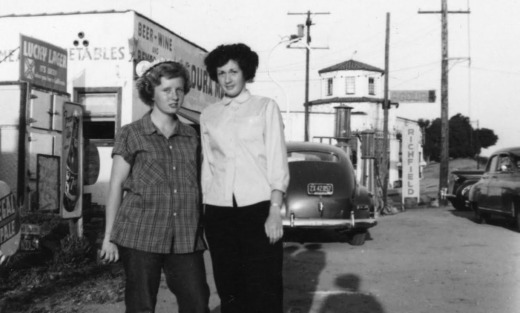Banning Dam (Lake Eleanor Dam) in Thousand Oaks is a Ventura County Historical Landmark
/Banning Dam (also referred to as Lake Eleanor Dam) was designated as Ventura County Historical Landmark No. 120 in May 1988. Built in 1889 at 37 feet high and 140 feet long at its crest, the dam is located in a gorge adjacent to Westlake Boulevard, just south of Potrero Road. It is considered either the first or second concrete arched dam built in California.
The 8 acre Lake Eleanor can be seen as you are driving on Westlake Boulevard/Decker Canyon or you can do the Lake Eleanor Open Space Hike in Westlake Village for a view of the lake from above.
The lake and surrounding 529 acres of open space is fenced off from the public to create a habitat for wildlife. The area include rugged hills, rocky outcrops, freshwater marsh habitat, oak woodland and coastal sage scrub. Hawks and other large birds often use the outcrops for nesting sites and the area supports several species of rare/endangered plants.
The Lake Eleanor open space was acquired by the Conejo Open Space Conservation Agency in 1986. Banning Dam was designated City of Thousand Oaks historical point of interest No. 9 in May 1988.
Banning Dam


















